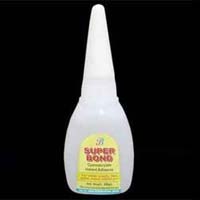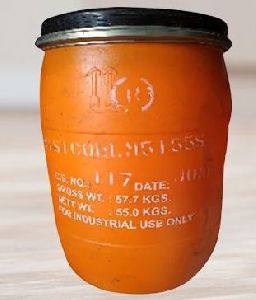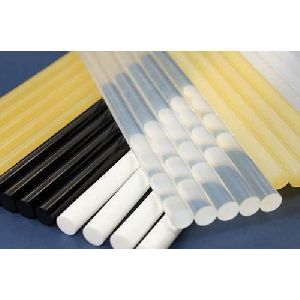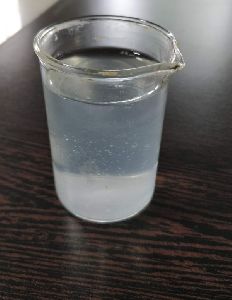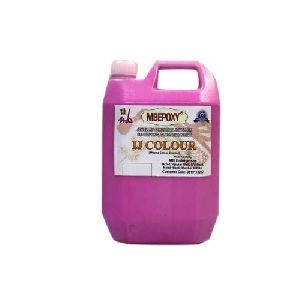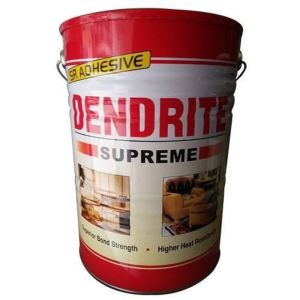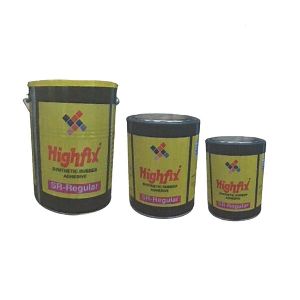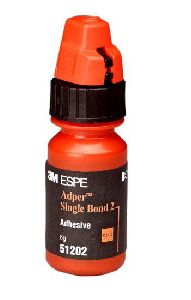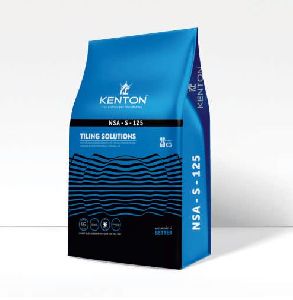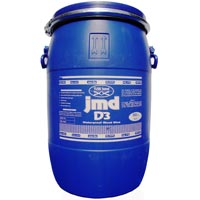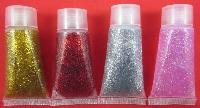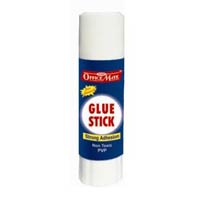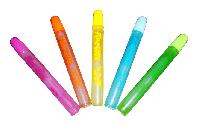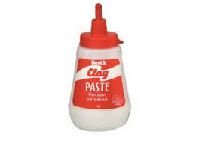Listing ID #5234465
Company Information
Ask for more detail from the seller
Contact SupplierLORD Chemlok® 205 adhesive is a heat-activated adhesive designed for use as a substrate primer under other Chemlok covercoat adhesives, or as a one-coat adhesive for bonding unvulcanized nitrile elastomer compounds. It is composed of a mixture of polymers, organic compounds and mineral fillers dissolved or dispersed in an organic solvent system
Features and Benefits
Application
Surface Preparation - Thoroughly clean metal surfaces prior to adhesive application. Remove protective oils, cutting oils and greases by solvent degreasing or alkaline cleaning. Remove rust, scale or oxide coatings by suitable chemical or mechanical cleaning methods.
For further detailed information on surface preparation of specific substrates, refer to Chemlok Adhesives appli-cation guide. Handle clean metal surfaces with clean gloves to avoid contamination with skin oils.
Apply Chemlok 205 adhesive to stainless steel, aluminum, brass or other nonferrous substrates within one-half hour after cleaning. For ferrous substrates such as steel, a longer layover can be tolerated if no rust is formed.
Mixing – Thoroughly stir adhesive before use, and agitate sufficiently during use to keep dispersed solids uniformly suspended.
Chemlok 205 adhesive is normally used full strength for brush, dip and roll coat applications. For spray application, dilute adhesive to a Zahn Cup #2 viscosity of 18-20 seconds. Chemlok 205 adhesive may be diluted with ketone-type solvents such as MEK and MIBK without adverse effects on handling and application. The diluent must be slowly added to the adhesive while stirring. Careful attention should be given to agitation since dilution will accelerate settling. Refer to the Chemlok Adhesives application guide for further information.
Applying – Apply adhesive by brush, dip, roll coat, spray or any method that gives a uniform coating and avoids excessive runs or tears.
Normally the dry film thickness of Chemlok 205 adhe-sive should be 5.1-10.2 micron (0.2-0.4 mil). When using Chemlok 205 adhesive over grit blasted substrates, when using it in conjunction with Chemlok 220 series covercoats or when using Chemlok 205 adhesive as a nitrile adhesive, apply a dry film thickness at the high end of the range. For all other applications (i.e., swaging or smooth substrates), apply Chemlok 205 adhesive at the low end of the film thickness range.
Drying/Curing – Thoroughly dry parts coated with Chemlok 205 adhesive before applying the covercoat adhesive. This will take approximately 30-45 minutes at room temperature. It is best to use temperatures of 65-93°C (150-200°F) and abundant circulating air; however, forced air drying is possible at temperatures up to 149°C (300°F) for short periods of time. Maximum air flow at minimum temperatures will give the best results. After parts have dried, apply Chemlok covercoats using similar application methods.
Dried films of Chemlok 205 adhesive are non-tacky; therefore, coated parts may be piled into tote pans for subsequent processing. Wear clean gloves when handling coated parts and cover the tote pans to prevent contamination by dirt, grease, oil, etc. If coated parts are properly protected, they can be stored for at least one month before applying covercoat or bonding.
Chemlok 205 adhesive can be used to bond nitrile rubber by compression, transfer, injection or other molding procedures used to make bonded parts. As with other Chemlok adhesives, maximum adhesion is obtained when the rubber has completely cured. Ideal bonding conditions exist when both the adhesive and the rubber cure at the same time. To accomplish this, load the adhesive coated metal parts in the mold and quickly fill the cavity with rubber.
Dry films of Chemlok 205 adhesive remain firm at molding temperatures. During transfer or injection molding operations, the adhesive shows minimal tendency to wipe or sweep. During multiple-cavity loading, the prebaking begins with the first loaded metal parts. Keep mold loading cycles to a minimum to prevent adhesive and rubber from pre-curing. However, Chemlok 205 adhesive will resist moderate prebaking times without affecting bond performance. Transfer or injection molds need properly designed runners and sprues, as well as adequate pressures. This prevents rubber pre-curing before the mold cavities are completely filled.
Cleanup – Clean areas with a rag as soon as possible using MEK.
Cautionary Information


